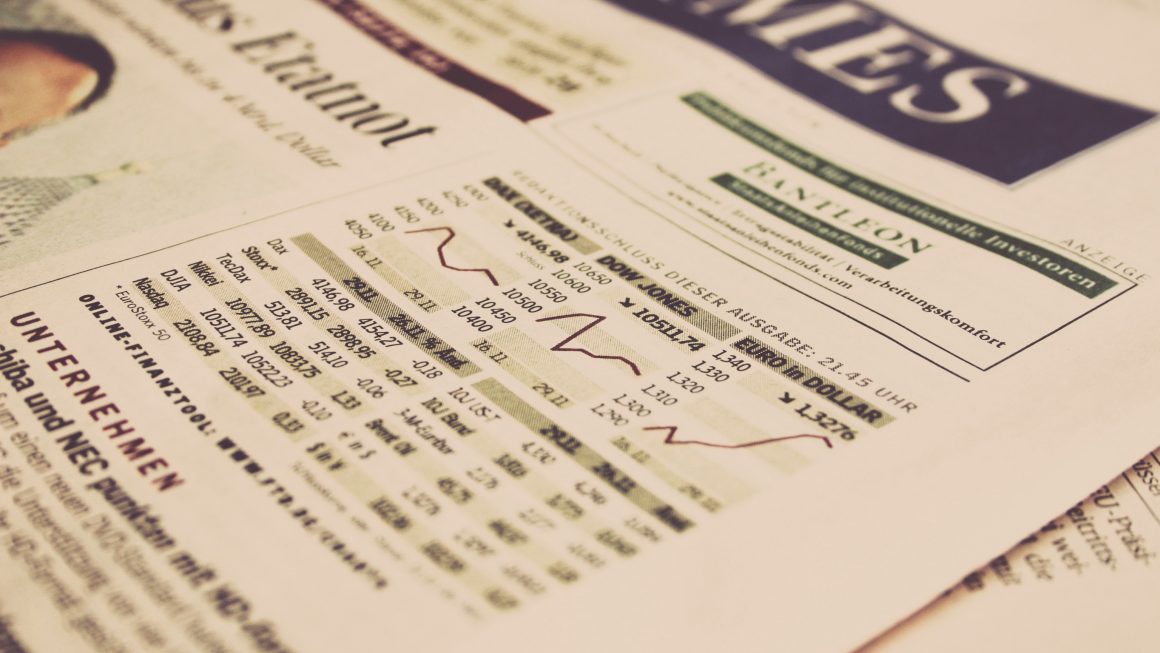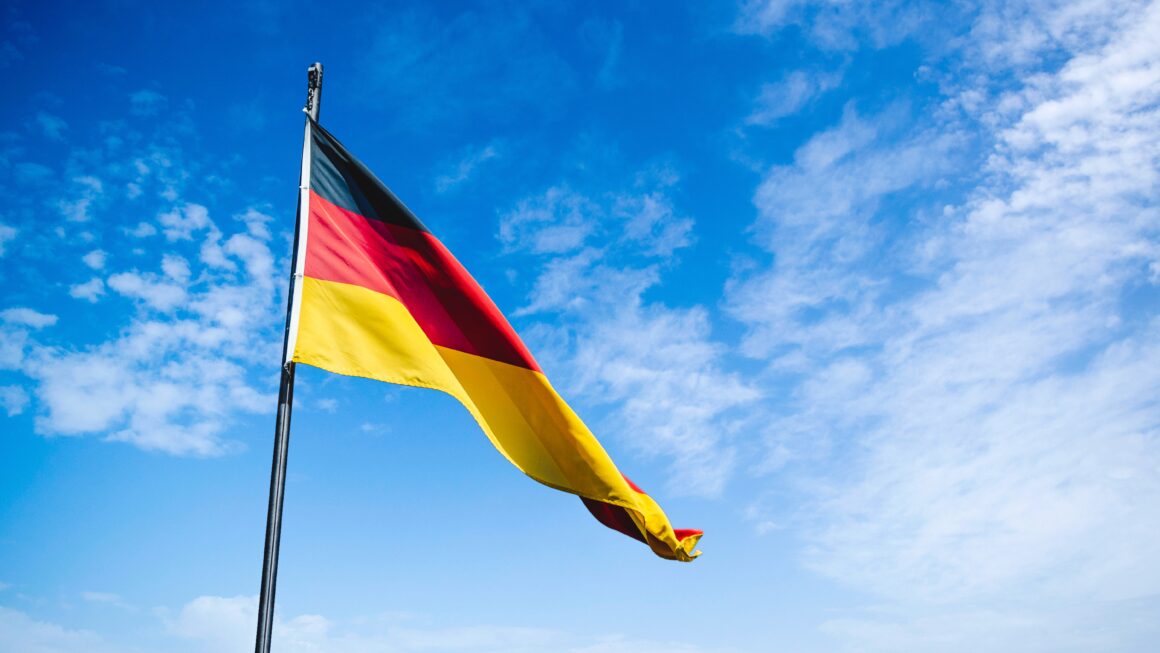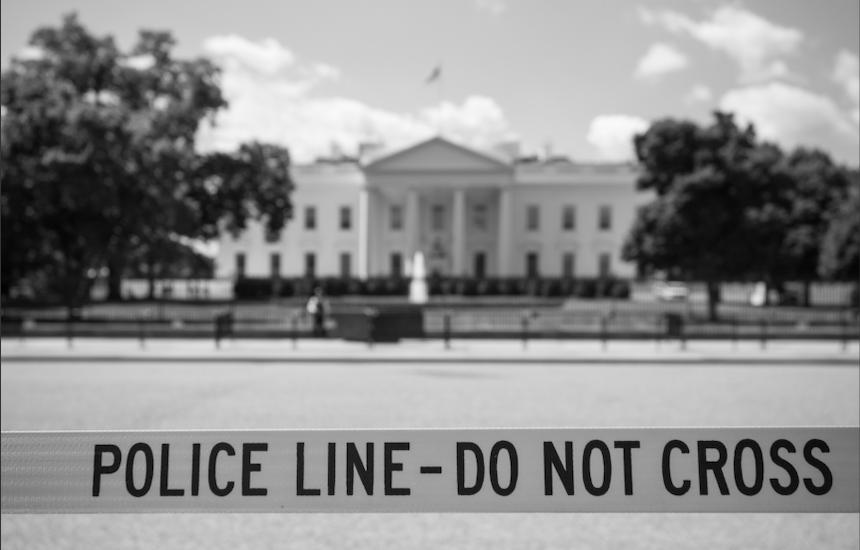In chapter nine of professors Karen A. Mingst and Ivan Arreguín-Toft’s Essentials of International Relations, the international political economy is explained by its history, systems, functions and challenges. By explaining the institutions and reforms that maintain economic globalization, states who participate in its liberalization, and crises that show its weaknesses, Mingst and Arreguín-Toft highlight the balancing act of a global economic system that is almost inseparable from historic events and political influence.
According to Mingst and Arreguín-Toft, economic globalization describes the current political economy and its concurrent movements of liberalization and deterritorialization. Economic liberalization, as a system, assumes that individuals act rationally so that as markets handle goods and individuals make transactions, market competition keeps prices low and consumer welfare high. Preceding economic liberalism, eighteenth century European governments preferred mercantilism, whereby economic wealth is increased as an instrument of state power. Radicalism, Marxism and social constructivism economic theories are mainly responses to mercantilism. The evolution of modern economic liberalism occurred post-World War II, through the Bretton Woods institutions—the World Bank (WB), the International Monetary Fund (IMF)—which work to maintain common economic practices, and provide capital to developing countries so they can develop infrastructure and macroeconomic restructuring.
Today, the development of a globalized economy functions through capital movement. Through multinational corporations, floating exchange rates, investment (including foreign direct and portfolio types), and derivatives, capital flows around the world. International trade today is ruled by negotiations under the World Trade Organization (WTO), which provides oversight and settles disputes between nations, as WTO members collectively reduce barriers to trade, such as tariffs. Complicating the flow of capital are sovereign wealth funds, offshore financial centers, the rise of economic regionalization (for example, the European Union, the North American Free Trade Agreement and the Association of Southeast Asian Nations Free Trade Area) and transregional economic arrangements (for example, the Trans-Pacific Partnership) as well as crises largely stemming from unregulated markets.
For example, the Global Financial Crisis of 2008 stemmed from the American financial market’s unregulated instruments and economic vulnerability. The IMF and WB lended to affected markets and set up safety mechanisms in anticipation of future crises. Another example is the 1990’s Asian Financial Crisis, stemming from economic vulnerability in Thailand, which spread to its economic counterparts. The IMF bailed out the affected nations, but critics of the IMF posited the moral-hazard problem that states need incentives to change their behavior.
However, at the heart of resolving crises with trade incentives and bailouts is how the international political economy is predicated on the development gap. The United Nations attempts to meet developing states’ needs through an Expanded Programme of Technical Assistance, but the need for such a body exposes the conditions demanding it: colonialism, industrialization, geography and governance. Over time, development strategies have moved from social and welfare infrastructure projects to private sector restructuring and IMF assistance alongside strict structural adjustment programs. Adding to the debate of what functions best in a crisis is the Washington Consensus, IMF/WB led policies that declare only specific policies enable development, and the Beijing Consensus, Chinese policies concluding rapid state driven growth and development is an alternative model.
More recently since the 1990s, a sustainable development agenda is increasingly popular as a response to the performance criteria, substantial oversight and ‘one size fits all’ style of structural adjustment. In addition to international agreements, national governmental organizations help monitor loan effectiveness and accountability, as well as contribute to economic development. Additionally, worldwide development goals raise awareness of critical global social and economic issues alongside more formal international arrangements.
Underscoring the rapidly integrated, global nature of the international political economy are projects like the construction of a Nicaraguan canal financed by a Chinese development group. The project was fast-tracked to approval by the Nicaraguan government without environmental or indigenous consideration and seeks to increase national revenue and compete for revenues alongside the Panama canal. Whether or not it will be completed is still contested.




